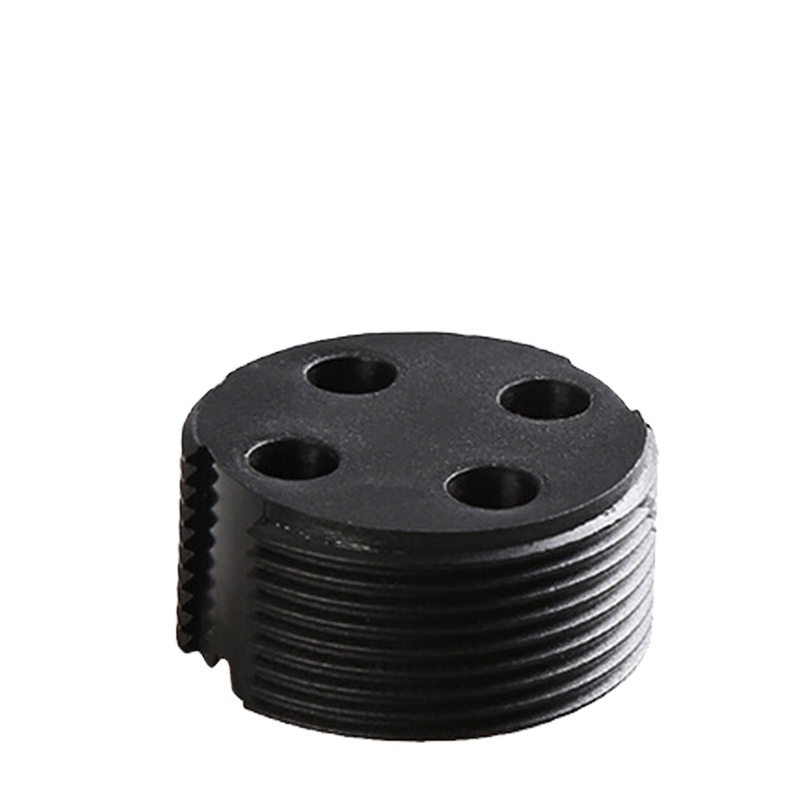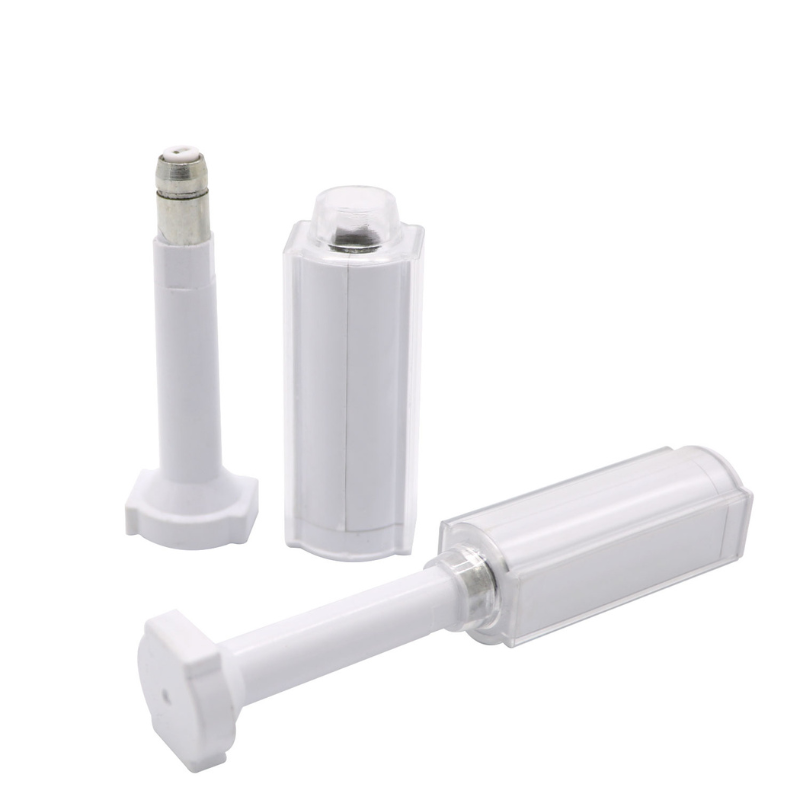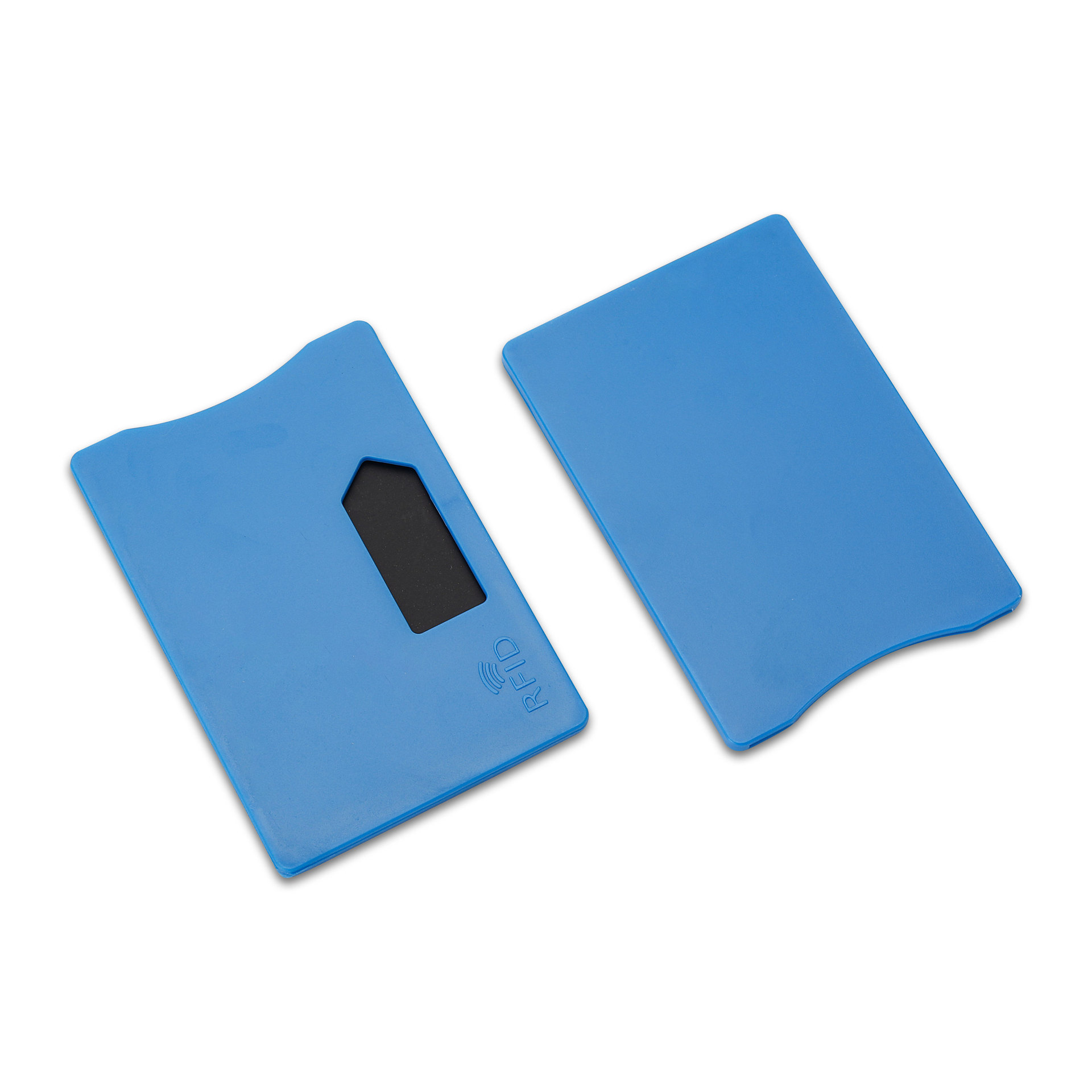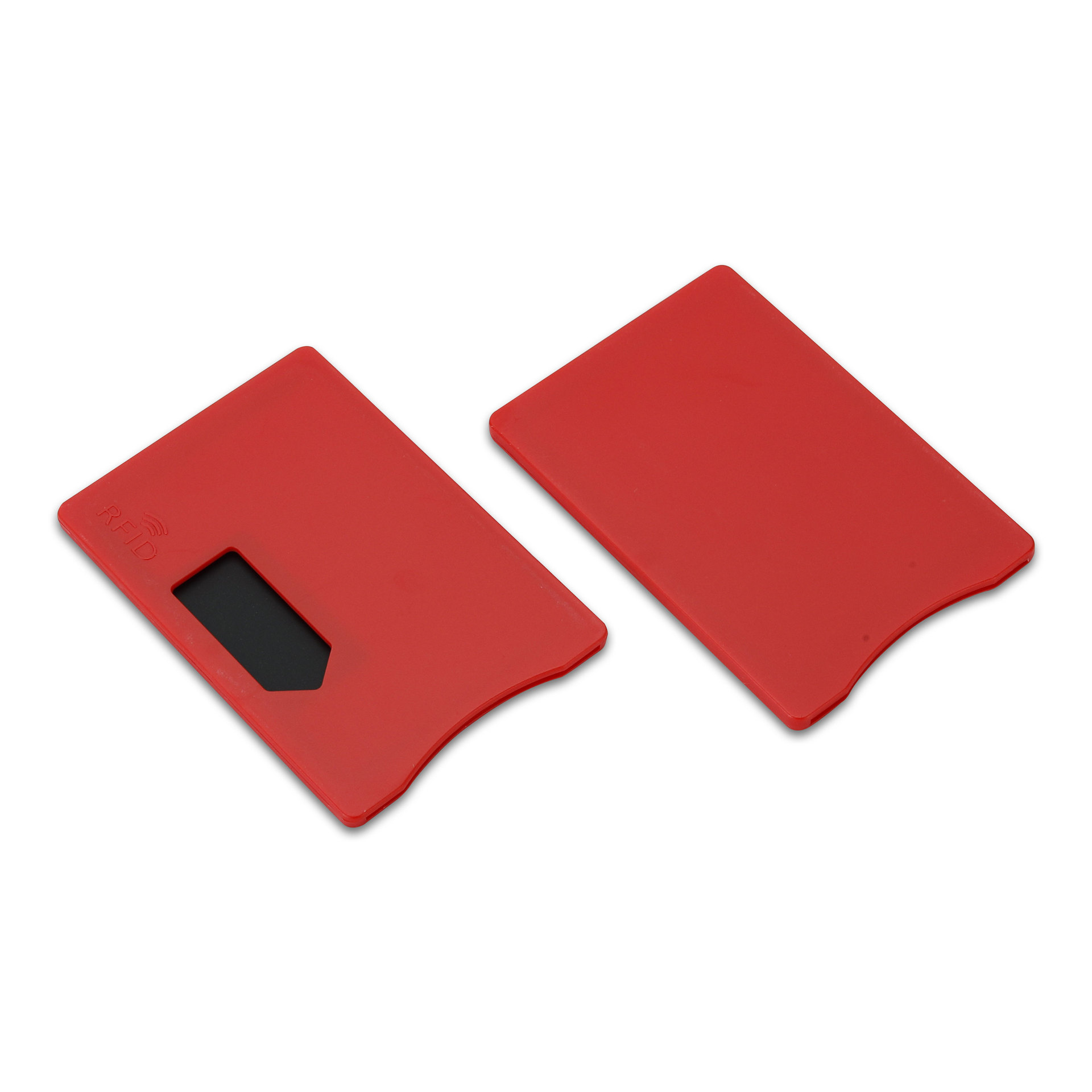תוֹכֶן הָעִניָנִים
כיצד טכנולוגיית RFID מחוללת מהפכה במערכות ניהול מלאי
מלאי RFID מערכות מספקות שדרוג רב עוצמה — מעקב מהיר, מדויק ובזמן אמת לאורך כל שרשרת האספקה. במדריך זה, נלווה אתכם צעד אחר צעד בתהליך היישום והאופטימיזציה של ניהול מלאי באמצעות RFID, בהתבסס על ניסיון מעשי בסביבות קמעונאות, לוגיסטיקה וייצור.
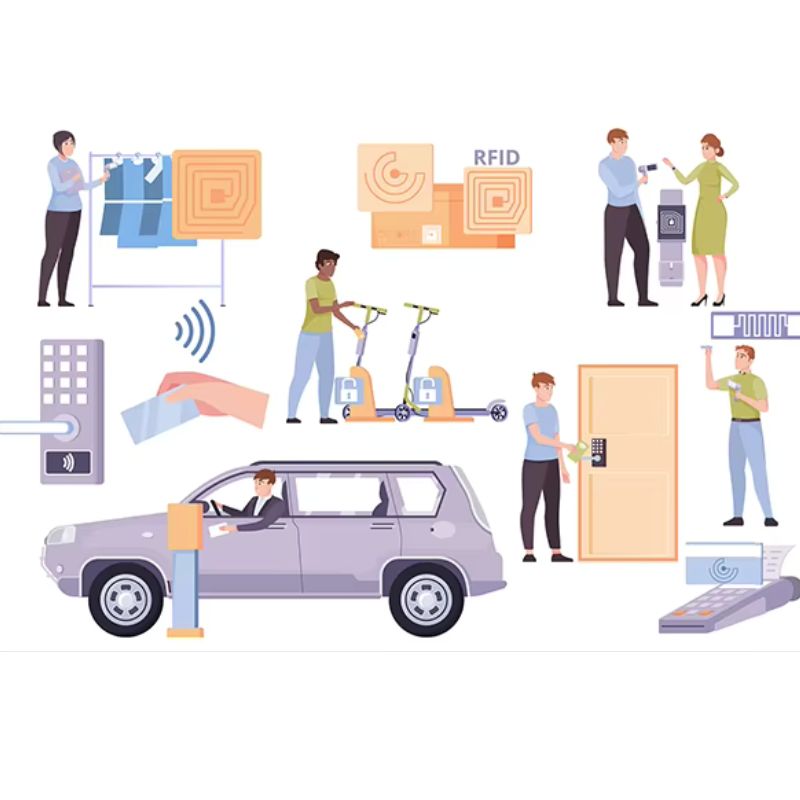
מהו ניהול מלאי באמצעות RFID?
ניהול מלאי באמצעות RFID משתמש בתגים המופעלים באמצעות תדרי רדיו כדי לעקוב באופן אוטומטי אחר פריטים בזמן אמת, ללא צורך בסריקה ידנית או בגישה בקו ראייה.
רכיבי ליבה:
- תגיות RFID: מצורף לפריטי מלאי (תגיות פסיביות, אקטיביות או מתכתיות)
- קוראי RFID: מכשירים הקוראים נתוני תגים באופן אלחוטי
- אַנטֶנָה: לכידת אותות והעברתם
- תוכנת אמצע RFID או שילוב WMS: מתרגם נתוני תגיות לרישומי מלאי שמישים
כיצד להשתמש בתגי RFID לניהול מלאי: מדריך צעד אחר צעד
שלב 1: הגדירו את יעדי מעקב המלאי באמצעות RFID
שאל שאלות כמו:
- האם אתה עוקב אחר פריטים בודדים, ארגזים, משטחים או מכולות?
- האם אתה זקוק לעדכונים בזמן אמת או לסריקה תקופתית?
- האם הסביבה שלך מאתגרת (למשל, מתכת, נוזלים, חוץ)?
📌 טיפ: התאימו את יעדי ה-RFID למדדי הביצוע המרכזיים (KPI) של המחסן: הפחתת אובדן, ביצוע ביקורות מהיר יותר או שיפור דיוק המלאי.
שלב 2: בחרו את תגי ה-RFID המתאימים
בחר תגיות על סמך:
| קריטריונים | סוג התג המומלץ |
|---|---|
| פריטים סטנדרטיים על המדפים | תגי UHF פסיביים |
| מיכלים או מכונות מתכת | תגי RFID על מתכת |
| פריטים בסביבות קשות | תגיות קשיחות ברמה תעשייתית |
| נכסים בעלי ערך גבוה | תגי RFID פעילים |
📌 טיפ: תמיד בדקו את התגים בסביבה האמיתית שלכם לפני פריסה מלאה.
שלב 3: הגדרת קוראי RFID ואנטנות
נקודות מיקום נפוצות כוללות:
- כניסות/יציאות למחסן
- רציפי טעינה
- אזורי אחסון או מיקומים של מיכלים
- קווי מסוע
- מכשירים ניידים כף יד RFID
📌 טיפ: תצורת הקורא (עוצמת האות, כיווניות) חשובה. הימנע מחפיפה בין אותות או מאזורים מתים.
שלב 4: שלבו עם תוכנת ניהול המלאי RFID שלכם
תזדקק לתוכנת אמצע RFID או לשילוב עם:
- מערכות ERP (למשל, SAP, Oracle)
- מערכות ניהול מחסנים (WMS)
- לוחות מחוונים מותאמים אישית למעקב וניתוח נתונים
📌 טיפ: ודא שהתוכנה שלך יכולה לטפל בקליטת נתונים בזמן אמת, ולא רק בעיבוד אצווה.
שלב 5: תייגו ומפו את מלאי ה-RFID שלכם
החל תגי RFID על:
- מוצרים
- משטחים
- פחים או מיכלים
- מדפים קבועים (למעקב אחר מיקום)
התאם את המזהה הייחודי של כל תגית למספר SKU או למיקום הנכון בתוכנה שלך.
📌 טיפ: השתמש בכללי שמות תגיות סטנדרטיים (למשל, GS1 EPC) לצורך תאימות.
שלב 6: בדיקה, כיול והפעלה
לפני העלייה לאוויר:
- ביצוע בדיקות מבוקרות (אזורי סריקה, קריאת תגיות, דיוק הדיווח)
- כיול עוצמת הקריאה ומיקום הקורא
- הדרכת הצוות בשימוש בקוראי RFID או במכשירים ניידים
- לפקח על דיוק הנתונים במהלך ניסויים
📌 טיפ: יישמו את התהליך בשלבים — התחילו באזור מחסן אחד לפני שתתרחבו.
היתרונות של ניהול מלאי RFID
| יִתרוֹן | פְּגִיעָה |
|---|---|
| 📦 נראות בזמן אמת | דע את המיקום המדויק של הפריט בכל רגע נתון |
| 🚀 מלאי מהיר יותר | סרוק מאות פריטים בשניות — ללא צורך בקו ראייה |
| ✅ דיוק משופר | מפחית טעויות אנוש והפסדים |
| 💰 יעילות העבודה | פחות סריקה ידנית, ביצוע מהיר יותר |
| 📊 ניתוח נתונים משופר | תובנות לגבי נקודות הזמנה חוזרת, חיזוי ביקוש, תנועת מלאי |
RFID לעומת ברקוד במעקב אחר מלאי
| תכונה | RFID | ברקוד |
|---|---|---|
| נדרשת קו ראייה? | ❌ | ✅ |
| לקרוא מספר פריטים בבת אחת? | ✅ | ❌ |
| עמידות התג | גבוה (עמיד בפני בלאי, מזג אוויר) | נָמוּך |
| עלות לכל תג | גבוה יותר | לְהוֹרִיד |
| החזר השקעה לטווח ארוך | גבוה (צמצום כוח אדם, מניעת הפסדים) | לְמַתֵן |
דוגמה מהעולם האמיתי: RFID במלאי קמעונאי
קמעונאי ביגוד בינוני הטמיע תגי RFID פסיביים ב-30 חנויות. התוצאות:
- זמן ספירת המלאי ירד ב-80%
- דיוק המלאי השתפר מ-70% ל-98%
- אירועי חוסר במלאי פחתו ב-50%
📌 תובנה: קמעונאים המשתמשים ב-RFID יכולים לבצע ספירת מלאי שבועית של כל החנות בפחות משעתיים, לעומת ספירות מחזוריות אחת לחודש באמצעות ברקודים.
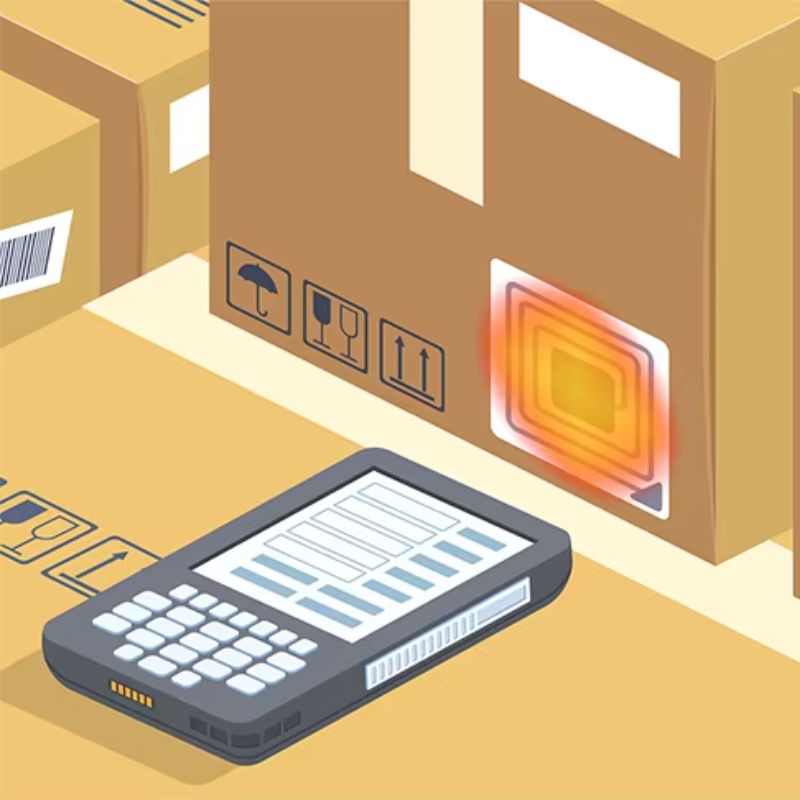
שאלות נפוצות אודות טכנולוגיית RFID לניהול מלאי
האם ניתן להשתמש ב-RFID עם מדפי מתכת?
כן, אבל תצטרך תגיות מתכת ומיקום קפדני של הקורא כדי למנוע הפרעות.
האם תגי RFID ניתנים לשימוש חוזר?
תגי RFID פסיביים ניתנים לשימוש חוזר במערכות סגורות, במיוחד כאשר הם מותקנים על מיכלים או פחים.
האם אני צריך חיבור לאינטרנט?
לא בהכרח. מערכות RFID רבות פועלות ברשתות מקומיות ומסונכרנות לפלטפורמות ענן רק בעת הצורך.
זקוק לעזרה בהטמעת RFID למלאי?
ב-JIA RFID, אנו מסייעים לקמעונאים, מחסנים ויצרנים לתכנן, לפרוס ולהרחיב מערכות מלאי RFID החוסכות זמן וכסף.
👉 צרו איתנו קשר לקבלת ייעוץ חינם →

ריי ג'ואו
מאמר זה נכתב על ידי ריי ז'ו, מומחה לטכנולוגיית RFID עם יותר מ-10 שנות ניסיון בתחום.
הערות
מוצרים לוהטים

מהו ניהול פסולת באמצעות RFID
דמיינו עיר שבה כל פח אשפה מדבר — לא במובן המילולי — אלא באמצעות שבב זעיר שמודיע למערכת מתי הוא מלא, מתי הוא מרוקן ולאן הוא נלקח. זה מה שעושה כיום ניהול פסולת באמצעות RFID.
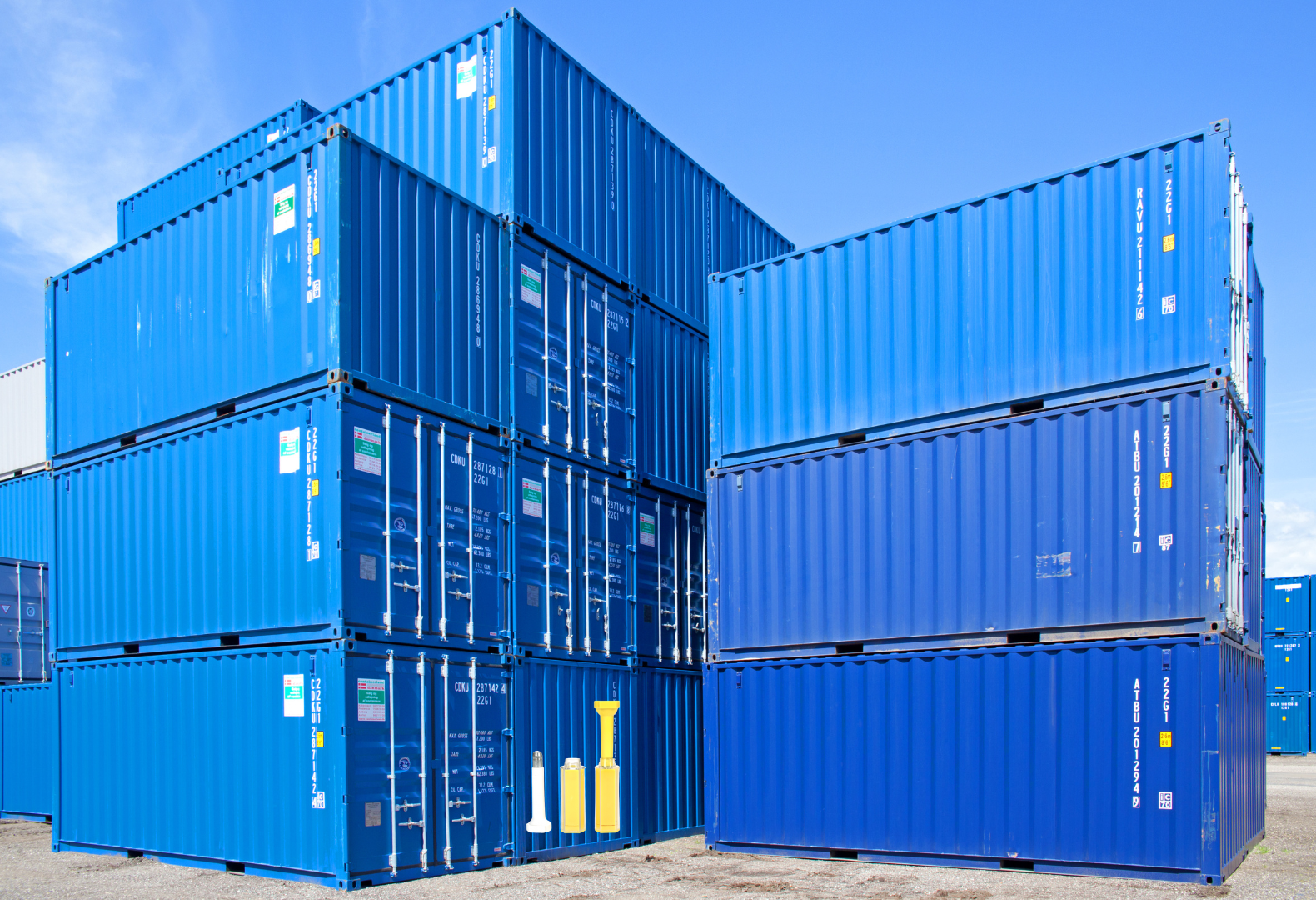
מהם אטמי בורג ומהן היישומים שלהם? | המדריך המלא
בסחר ולוגיסטיקה גלובליים, אטמי בורג ממלאים תפקיד מכריע בהבטחת אבטחת המטען ותאימותו. מכשירים קטנים אך עוצמתיים אלה נועדו לנעול מכולות משלוח, נגררים ודלתות מטען באמצעות מנגנון המונע חבלה.
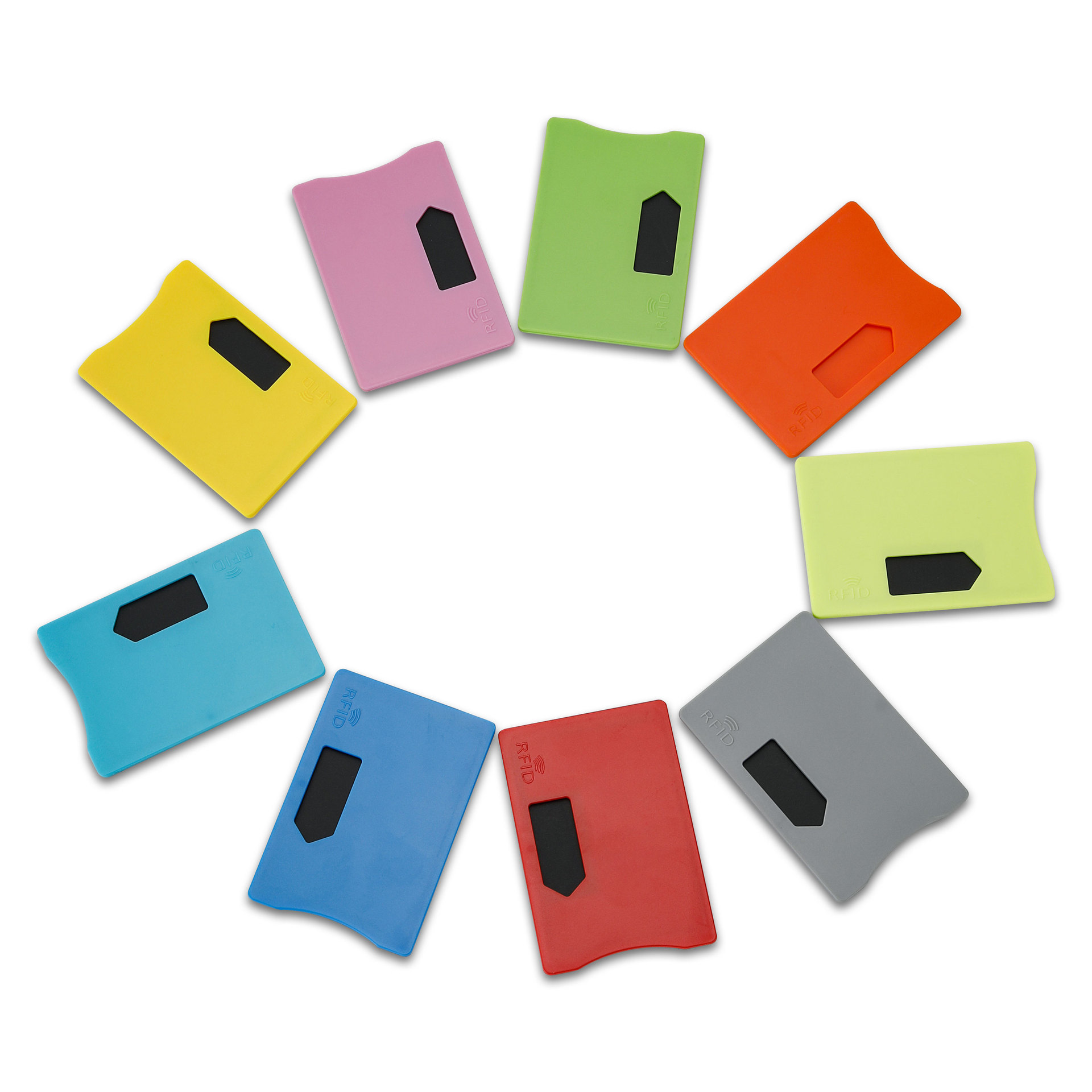
מהו מגן כרטיס RFID? יתרונות, דוגמאות לשימוש ומדריך לקנייה
טכנולוגיית RFID (זיהוי בתדר רדיו) נמצאת בכל מקום: בכרטיסי האשראי, בתגי זיהוי, בכרטיסי נסיעה, במפתחות לחדרי מלון ועוד. היא מציעה מהירות ונוחות, אך היא גם פותחת את הדלת לסוג חדש של גניבה דיגיטלית המכונה “סקים”. כאן נכנס לתמונה מגן כרטיסי RFID.

צמידי RFID לאירועים: מדריך לרכישה בכמויות גדולות למארגנים
צמידי RFID לאירועים הופכים לפתרון המועדף על מארגנים הזקוקים לכניסה מהירה יותר, למניעת הונאות ולתשלומים ללא מזומן בקונצרטים, בפסטיבלים ובאצטדיוני ספורט. בניגוד לכרטיסים מנייר או לקודי QR, צמידים חכמים אלה משתמשים בשבבים מוטמעים כדי לייעל את הגישה, לאבטח את העסקאות ולשפר את חוויית האורחים.
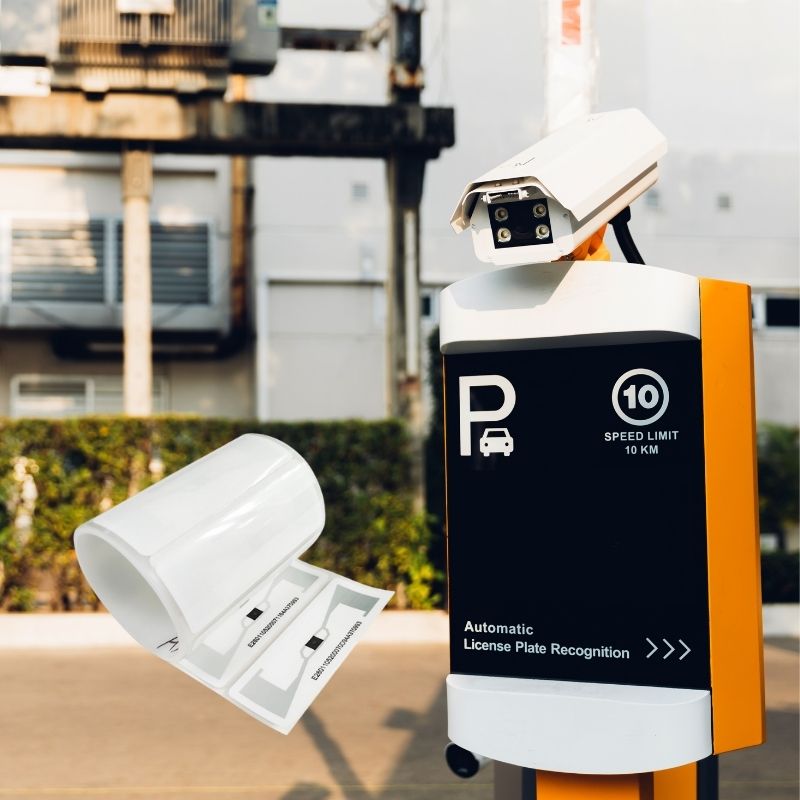
כיצד תג RFID על השמשה הקדמית משפר את בקרת הגישה לרכב ומערכות האגרה
בעולם המהיר של ימינו, זיהוי כלי רכב צריך להיות מהיר, מאובטח וללא מגע. תג RFID על השמשה הקדמית מספק בדיוק את זה — דרך אמינה לנהל גביית אגרה, חניה וגישה לשערים מבלי לעצור את כלי הרכב.
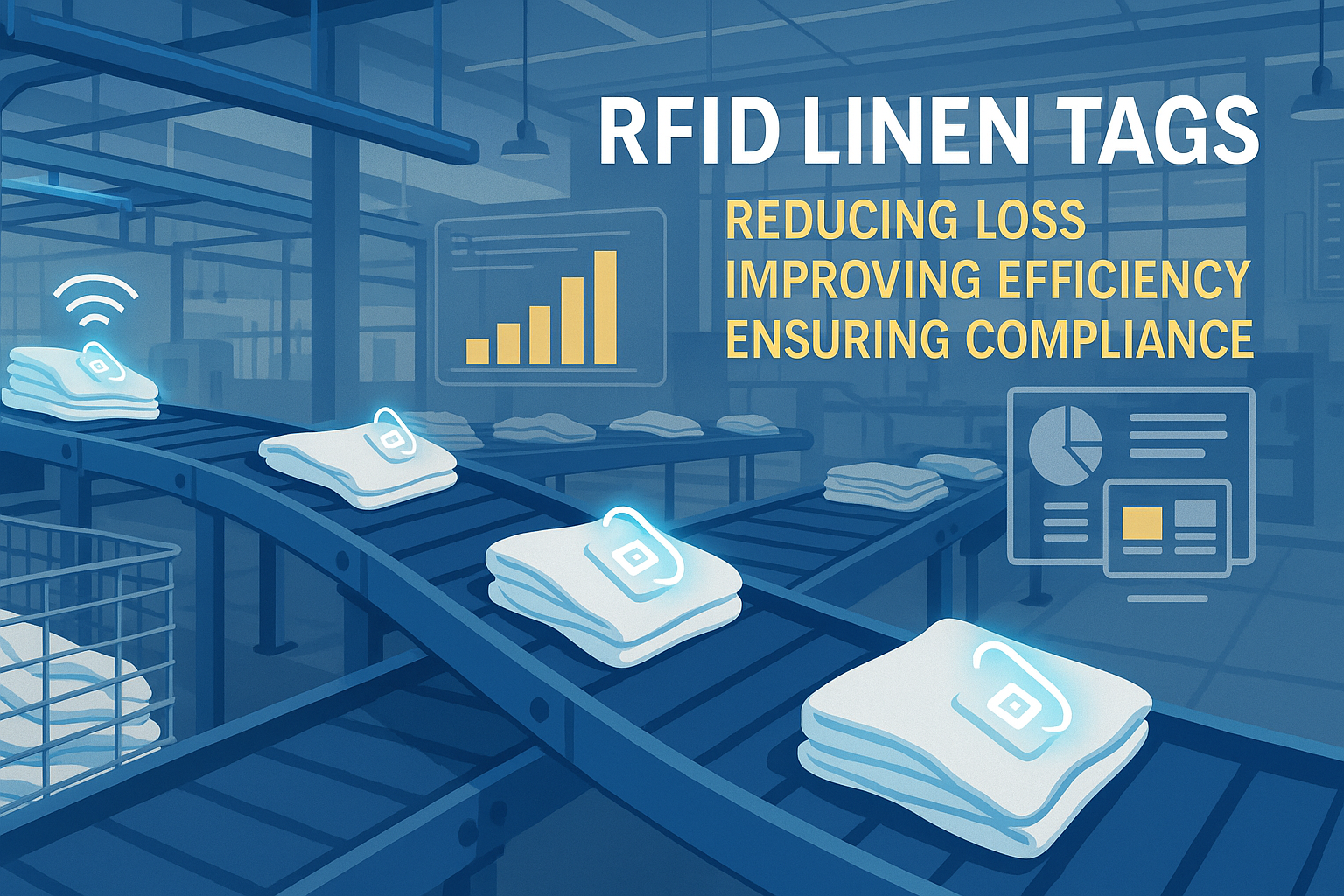
היתרונות של תגי RFID למצעים במכבסות מסחריות
ניהול כביסה בבתי חולים, בתי מלון או שירותי כביסה גדולים הוא משימה לא פשוטה. מדי יום, אלפי סדינים, מגבות ומדים מכובסים, ממוינים ונשלחים בחזרה. אך בעיות כמו אובדן מצעים, טעויות במיון וספירה ידנית עלולות לעלות לחברות הרבה כסף. לדוגמה, בתי מלון בינוניים עלולים להפסיד מעל $200,000 מדי שנה בגלל מצעים שאבדו.
זה המקום שבו תגי RFID לבדים נכנסים לתמונה.
תגים
בלוגים קשורים

מהו ניהול פסולת באמצעות RFID
דמיינו עיר שבה כל פח אשפה מדבר — לא במובן המילולי — אלא באמצעות שבב זעיר שמודיע למערכת מתי הוא מלא, מתי הוא מרוקן ולאן הוא נלקח. זה מה שעושה כיום ניהול פסולת באמצעות RFID.

מהם אטמי בורג ומהן היישומים שלהם? | המדריך המלא
בסחר ולוגיסטיקה גלובליים, אטמי בורג ממלאים תפקיד מכריע בהבטחת אבטחת המטען ותאימותו. מכשירים קטנים אך עוצמתיים אלה נועדו לנעול מכולות משלוח, נגררים ודלתות מטען באמצעות מנגנון המונע חבלה.

מהו מגן כרטיס RFID? יתרונות, דוגמאות לשימוש ומדריך לקנייה
טכנולוגיית RFID (זיהוי בתדר רדיו) נמצאת בכל מקום: בכרטיסי האשראי, בתגי זיהוי, בכרטיסי נסיעה, במפתחות לחדרי מלון ועוד. היא מציעה מהירות ונוחות, אך היא גם פותחת את הדלת לסוג חדש של גניבה דיגיטלית המכונה “סקים”. כאן נכנס לתמונה מגן כרטיסי RFID.

